Hawthorn and blackthorn: what’s the difference?

Content manager
Spring has finally sprung! Hedgerows are bursting with blossom and new green leaves are beginning to unfurl. But do you know which blooms you’re admiring? Hawthorn and blackthorn are two of the most easily confused species, so here’s a closer look at their differences to help you tell them apart.
Hawthorn is also known as the May tree as its flowers blossom in May.
Flowers
Both trees have creamy-coloured flowers with five petals. They’re on display around the same time and are both valuable to wildlife, supporting hundreds of insect species. But there are some key differences:
- Blackthorn blossoms before its leaves start to show, whereas hawthorn flowers after its leaves have emerged. This is one of the best tips for identifying the two species in spring.
- Blackthorn usually flowers first, from around March to June.
- Hawthorn flowers from around April to June.
- Hawthorn petals are rounded and fuller than those of blackthorn.
Leaves
With quite distinct leaf shapes, the two species are easier to tell apart once the flowers have faded.
- Blackthorn leaves are oval with a toothed edge.
- Hawthorn leaves are lobed with jagged edges.
Fruits
The fruits of these two spiny species can be seen around the same time, but there’s no mistaking which is which.
- Blackthorn hosts one of our better known berries: sloes. These sour blue-black fruits measure about 1cm across and grow from around September to December. Commonly used for flavouring gin, sloes are also popular for making wine and preserves. Try our sloe gin recipe this autumn.
- Hawthorn branches are adorned by deep red haw berries from around September to November. They’re an important food source for birds and small mammals, and can be eaten by people too. You could get a mild stomach upset if you eat them raw – they’re much better in jellies, wines and ketchups.
Bark and thorns
- Blackthorn is named after its dark bark. The twigs are black with leaf buds along the sharp spines. Take care when identifying this tree as its spiky thorns can cause a nasty reaction if you get scratched.
- Hawthorn’s lighter bark is creamy brown in colour and rougher, with knots and fissures. Twigs are slender, brown and covered in thorns which emerge from the same point as the buds.
Where do they grow?
Both trees are popular for hedging, so are easy to spot along the edges of farmland and old boundaries.
They can be found in woods and scrub, and are great for gardens too, especially if you want to attract wildlife. Visit our tree shop to buy and plant your own.
The two species often grow near each other, so look out for a chance to test your new ID skills!
Identify British trees with our free app
Get an A-Z guide of trees by downloading our free tree ID app for Android and iOS.
Download the appMaster more tree ID skills
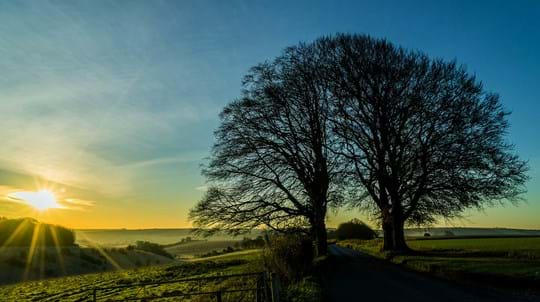
Trees woods and wildlife
British trees
Everything you need to know about British trees. From identification, folklore and history to the pests and diseases that threaten them.
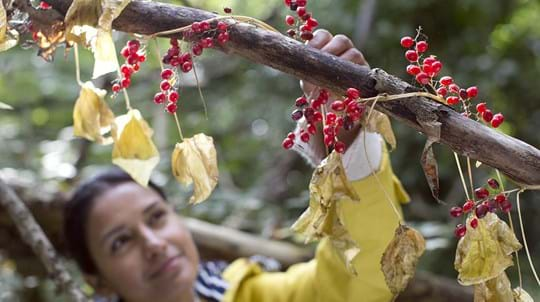
Trees woods and wildlife
How to identify trees
All trees have clues and features that can help with identification. You just need to know what to look out for with our quick guide.
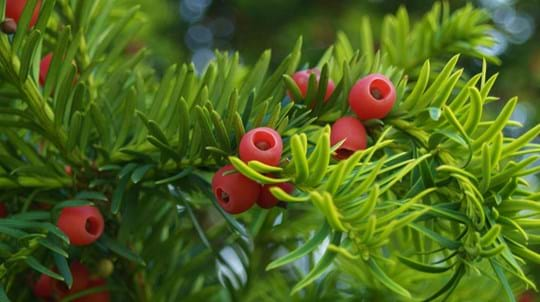
Blog
Tree seed identification: seven common UK tree seeds
Charlotte Varela • 30 Sep 2023
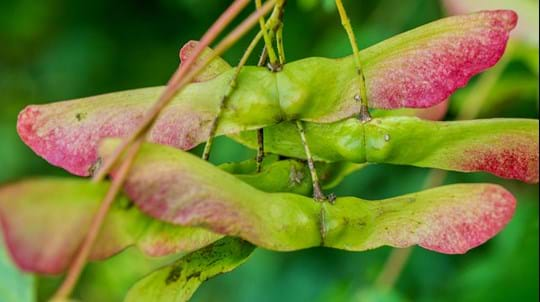
Blog
Summer tree identification: can you name these nine trees?
Helen Keating • 13 Jul 2020
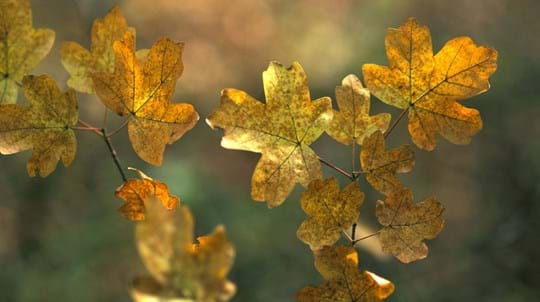
Blog
Autumn leaf ID quiz: can you identify 10 trees?
Helen Keating • 21 Sep 2020









